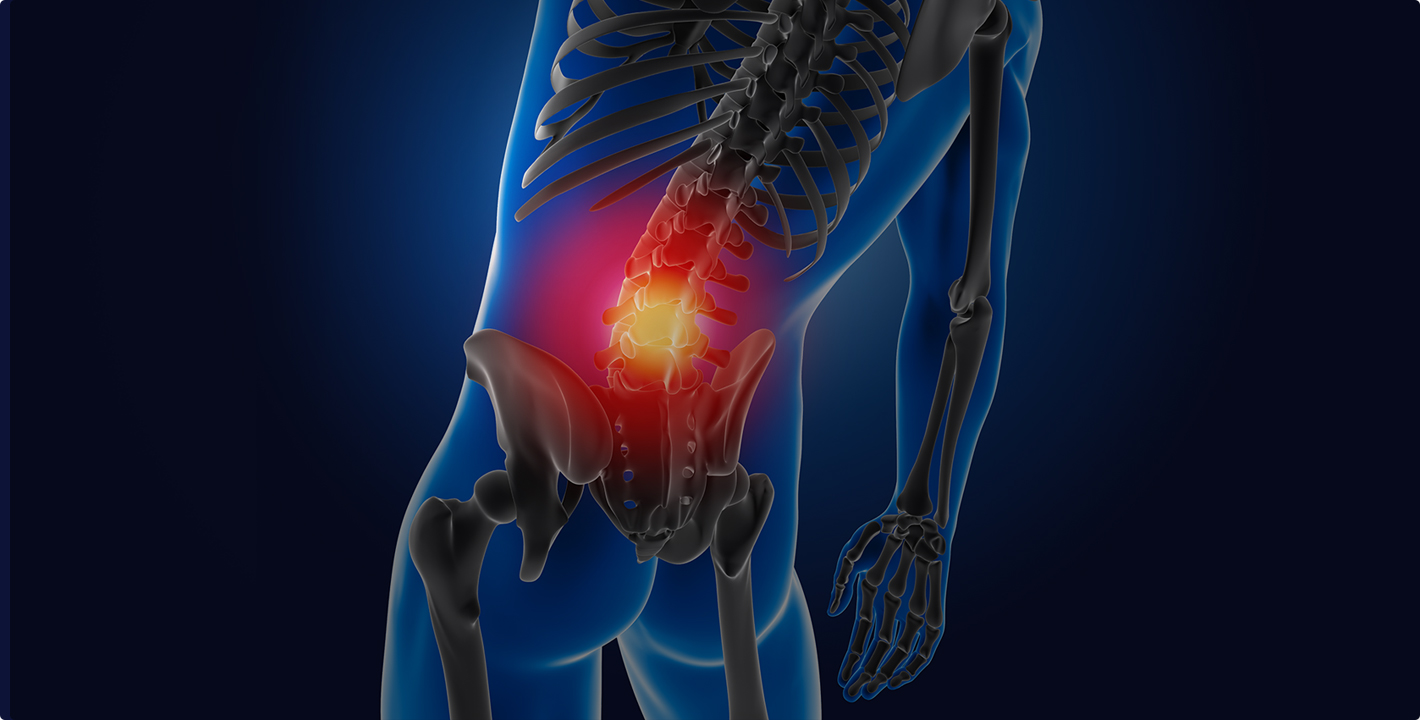Knee Osteoarthritis
WHY Cellpia
Spinal stenosis, disc! Stem cell musculoskeletal pain treatment
Regenerative medicine using the self-replication and multi-differentiation ability of stem cells is a definite icon representing the future of medicine. Cellpia Clinic treats stem cells with a non-surgical procedure that does not burden the body to improve the root cause of the disease. Stem cell treatment strengthens the muscle ligaments and nerves surrounding the lesion, and thereby, helps relieve pain. It not only improves joint movement but also preserves joint function, and as a result, has an excellent effect in prevention and in improving disease and progression. Cellpia Clinic performs the treatment with stem cells, SDF-1α, white blood cells, platelets, and many growth factors in combination, making the whole organization healthy and energized. It also applies a biomechanical concept to the musculoskeletal pain to get better results.
What is Spinal Stenosis?
Bones and joints begin to age in the 30s. With aging, the joints and ligaments around your spine thicken, which constricts spinal nerves and blood vessels, causing insufficient blood circulation in the nerves and development of spinal stenosis. The spinal canal is a passage of nerves from the brain through the cervical and thoracic vertebrae to the lumbar vertebrae. Spinal stenosis is a condition in which the spinal canal, the passageway through which nerves pass, becomes narrow, causing back pain and angioedema of the lower extremities and intermittent nerve claudication.
-
01
Back Pain
Back pain is not caused when sitting, but caused when walking
-
02
Leg numbness
The symptom is characterized by much pain in calves, mostly at night, as well as numbness in the buttocks, thighs, calves, or toes.
-
03
Dysbasia
The patient may not feel comfortable when walking due to back pain or numbness in the legs and normal walking may be difficult.
The grievances of modern people, disk problems!
As the most common spinal disease in modern people, herniated disc manifests due to excessive sports injuries or poor posture and aging. It also appears very often to young people who spend all day sitting at a desk due to work or study. It develops as the disc, which is a structure between the bones of the vertebrae, is not able to act as a cushion and is prolapsed, and the exact name of the disease is ‘lumbar disc herniation’. The disc, that is, the intervertebral disc, relieves the physical shock from the outside and prevents the bones from directly hitting each other. However, when this disk pops out due to a large external shock or incorrect posture, etc., it becomes inflamed and presses on nerves.

-
Back pain and radiating pain
The pain may worsen when moving or changing body positions. In particular, radiating pain in the lower extremities, which occurs when the disc prolapses and directly stimulates the nerve root, is very painful. In severe cases, symptoms such as bowel obstruction or paralysis of the lower extremities may appear.
-
Hip and thigh pain
The main symptoms are lower back pain and radiating pain. However, depending on how much the nerve is pressed, pain in the buttocks and thighs, numbness in the legs, and loss of sensation may be accompanied.
Stem cell treatment effect
-
Regeneration of cartilage
Relief of inflammation and pain
Strengthening of ligaments
Strengthening of blood circulation






